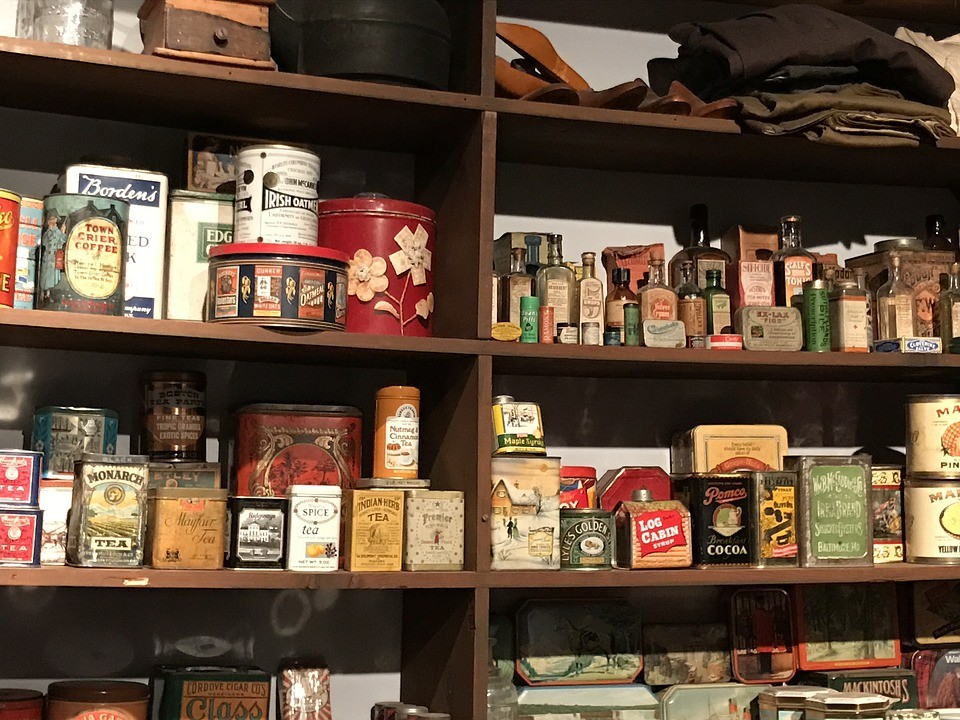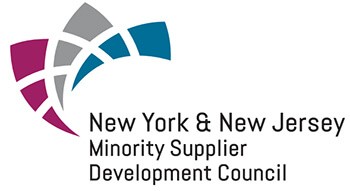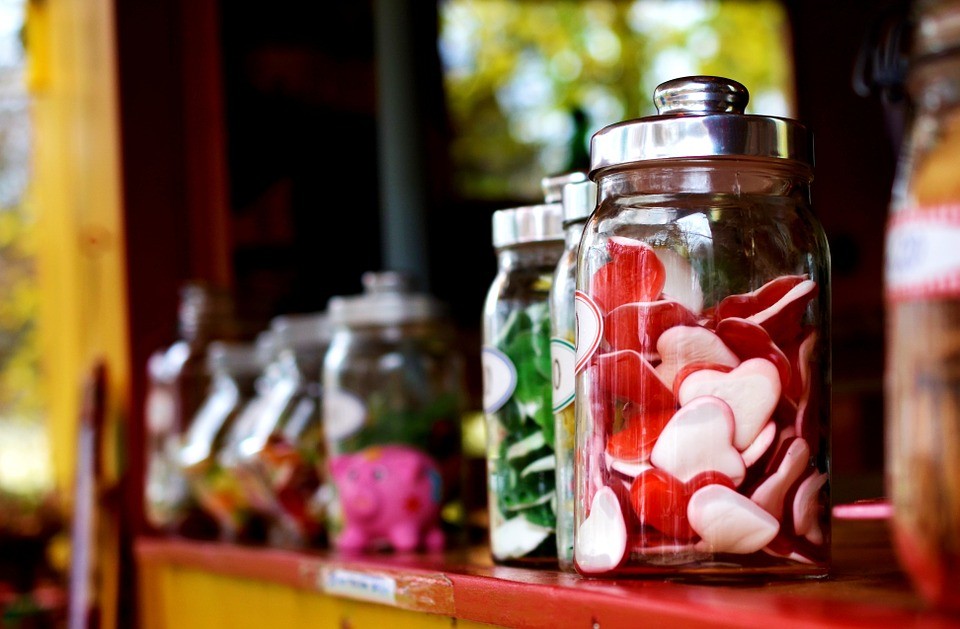How do you define a right food packaging?
A right food packaging is more than an attractive wrap up.
It should be functional as well.
For example, a right food packaging protects the content from weather or normal wear and tear. It should be easier to handle. And the important thing is that a right packaging makes your product stand out in the sea of the similar products.

Being a responsible business owner, you want your food packaging right for environment and waste management practices as well.
Also Read: Needs of plastic in custom food packaging
So you must have understood that a food packaging should have all these points.
However, it is not easier to balance all these factors in a packaging material. This is because each packaging material varies by certain properties which are determined by…
- Material
- Design
- The Type of Food to Be Packaged
- Respond
- Shelf-Life
- Environmental Conditions
- Ease of Use
- Disposal
- Cost Related to Production and Distribution.
Simply put, every food packaging material has its own characteristics. These factors may be interrelated as some packaging types interact with certain type of foods.
Therefore, it requires a deep analysis for each product to come up with an optimal packaging.
A through research over the packaging characteristics must cover the points like…
- Life expectancy
- Interactions with the content inside
- Distributions
- Safety of the product it stores
- Resistance to Gases, Heat and Moisture
- Portability
- Consumer Friendly
Here we will go through the characteristics of major food packaging products.
Glass:
Advantages:
- Moisture and heat resistant
- Non-reactive
- Transparent (lets consumers see products)
- Reusable/Recyclable
Disadvantages:
- Brittle and Breakable
- Not Easy to Carry
- Heavy and Bulky to Transport
Aluminum:
Advantages:
- Resistant to Moisture, Heat, Gases and Corrosion
- Lightweight
- Recyclable
Disadvantages:
- Not being able to welded
- Less strength
- Limited shapes
- Expensive
Tinplate:
Advantages:
- Water and heat resistant
- Durable
- Recyclable and easy to separate from waste (as it is magnetic)
- Cheaper alternative to aluminum
Disadvantages:
- Reacting with foods
- Requiring a can opener
- Heavier than aluminum
Tin-free Steel:
Advantages:
- Strong and Durable
- Resistant to heat
- Recyclable
- Cheaper than tinplate
Disadvantages:
- Not being able to weld
- Prone to corrosion
- Requiring a can opener
- Heavier than aluminum
Paper and Paperboard:
Advantages:
- Lightweight
- Good strength
- Low cost
- Made from renewable resources
- Recyclable
Disadvantages:
- Prone to moisture and humidity
- Poor barrier to light
- Tears or damages easily
Polyesters:
Advantages:
- Strong
- Ideal for hot filling
- Excellent barrier characteristics
- High clarity
- Shatter and tear resistant
- Easy to recycle in rigid form
Disadvantages:
- May pose environmental threat in debris
Also Read : 7 Types of Plastics and Which One You Should Use
Bottom Line:
The key objective of a food packaging must be maintaining the quality, safety and taste/nutritional value of food.
Apart from that, it is also essential to determine the environmental impact of a package. Therefore, analysis should cover the concerns related to environmental costs, energy consumption and waste generation related to a packaging. The impact of packaging waste can be lowered by following EPA guidelines, assessing requirements in terms of environmental impact and selecting the packaging materials wisely.
Therefore, joint efforts by consumers, industry and government are essential for creating optimal food packaging solutions that not only prove eco-friendly, but also maintain the quality and safety of the food.





